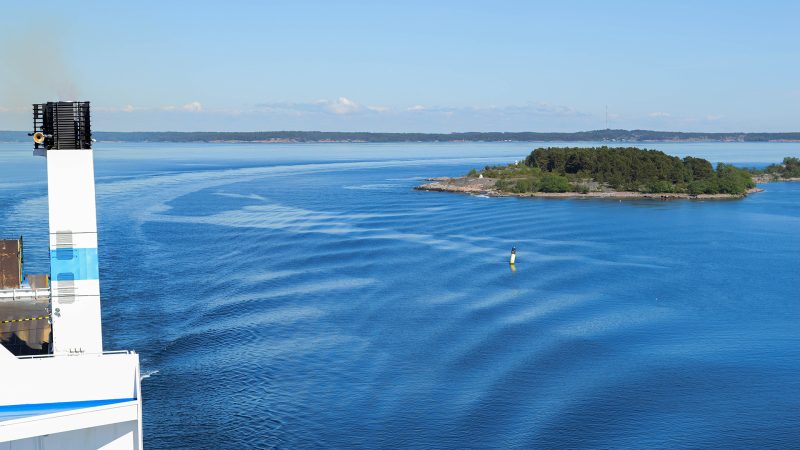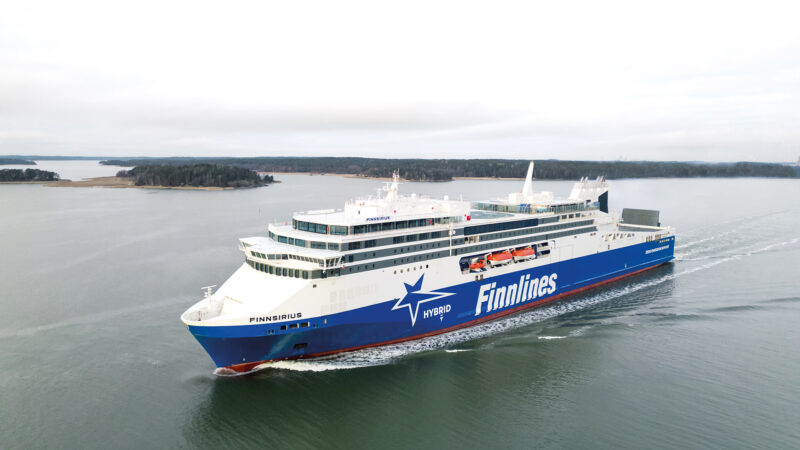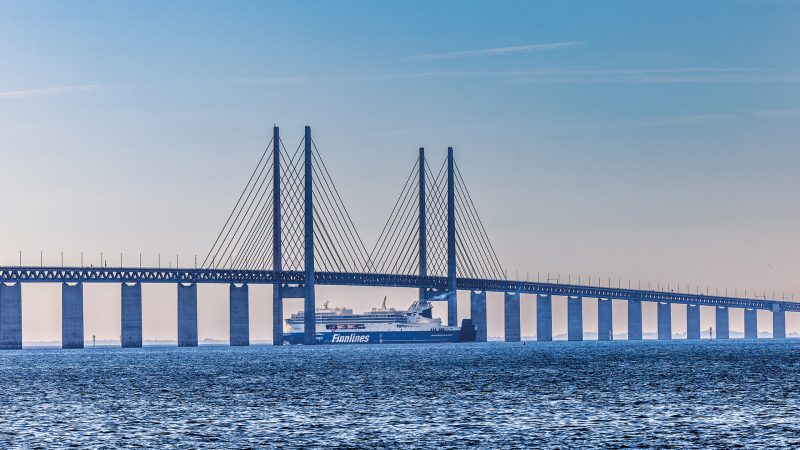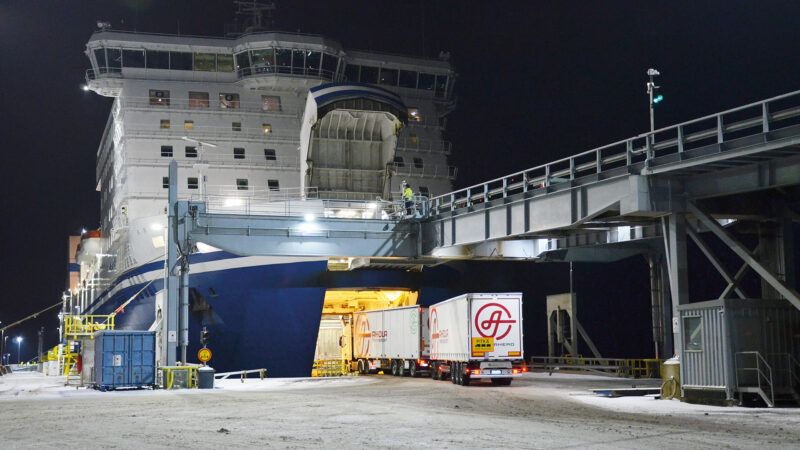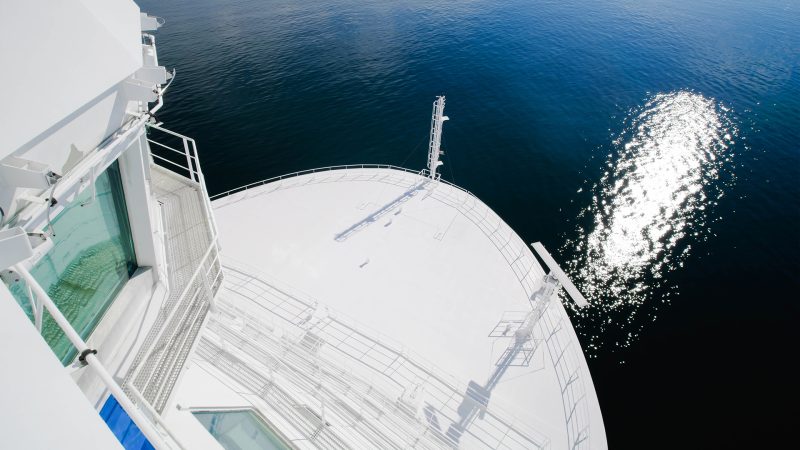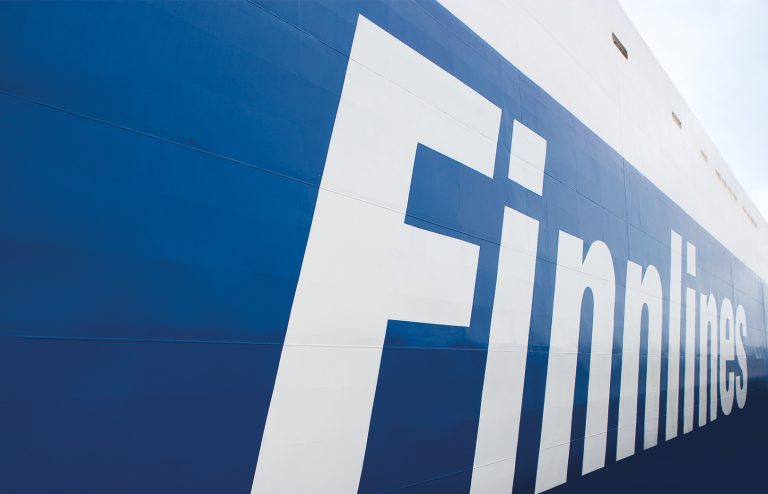Shipping calls for innovation and development
Shipping is a complex industry. It is dependent on international trade and economic situation and its performance reflects the global economic outlook. Geopolitics, capacity on the market, international environmental regulations and increasing digitalisation impact shipping.
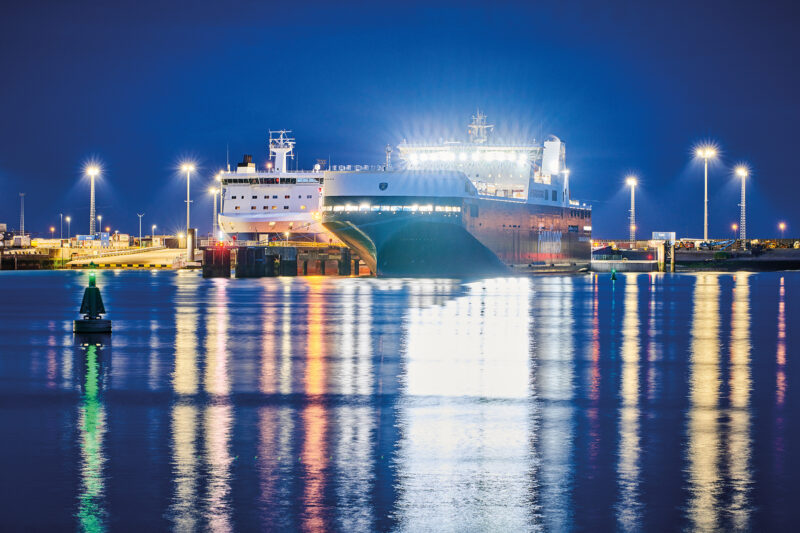
Finnlines is the leading carrier of export and import goods in Finland. Finnlines’ scheduled liner traffic, its own lines and access to the Grimaldi Group’s extensive route network offer a reliable maritime connection to Europe. Finnlines was founded in 1947 to serve the Finnish export industry, forest industry in particular, which was reflected in the ownership distribution at the time. The number and size of vessels have varied over the years, but today Finnlines owns 24 vessels, 20 of which are registered to Finland, 4 to Sweden. The fleet has been constantly renewed and vessels have grown in size.
It all started with exports
Forest industry has been a fundamental part of the Finnish economy for many decades. Finland is one of the largest producers of pulp and wood products in the world. The need to export them has enhanced the transport business and services, creating an effective transport network.
“The Finnish forest industry had a major impact on Finnlines operations, especially during the early years and Finnlines optimised routes and schedules in co-operation with its partners. Today, the forest industry plays a smaller role in the Finnish economy, which has also had an effect on Finnlines and driven for new strategies,” says Staffan Herlin, Finnlines’ Commercial Director.
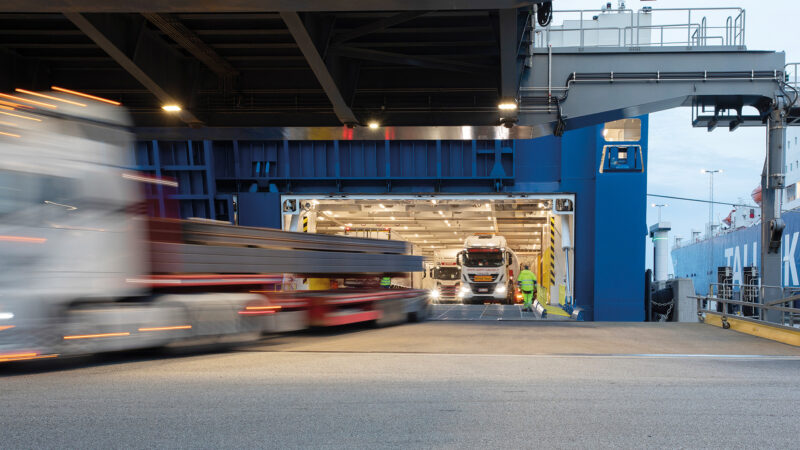
In Finnlines’ southbound traffic, forest industry products dominate, but ships also carry other cargo. “Nowadays we have a versatile cargo mix as we have found new products to transport, like cars and project cargo, i.e. special cargo. And the proportion of unitized cargo has grown constantly through the decades, being our main cargo segment” Herlin continues.
Finnlines operates mainly scheduled liner traffic, but on long routes vessels may deviate from the planned route and schedule for spot shipments. “Cargo and customers come first. When ships are fully loaded, the environmental impact per transported unit remains minimal and sustainable operations are ensured.”
Ups and downs
Shipping is extremely sensitive to global market trends as economic ups and downs increase or decrease cargo volumes and the number of passengers instantly. In Finland, the economic situation has direct effects on shipping as around 98 per cent of exports and 94 per cent of imports are carried seaways.
“Economic fluctuations, which reflect swiftly in maritime transportation, used to be predictable and they could be forecasted through early changes in certain cargo groups. Today, the ups and downs are much more unpredictable although some signs can still be detected in advance”, says Herlin.
The Finnish export industry consists of some few special categories, like forest and technology industries and engine manufacturing. This makes Finland sensitive to market fluctuations and a slowdown in the economic growth affects cargo volumes fast. The geopolitical situation may also change maritime links. “Finnlines has managed to find new routes and markets in challenging times. In March 2022, Finnlines suspended calls to Russian ports once the war had broken. Four vessels, a total of 16,000 lane metres, were rerouted,” Herlin says.
The need to export has enhanced the transport business and services, creating an effective transport network.
Sustainable shipping has been a key issue in the industry for several years. During the last 10–15 years, Finnlines has invested as much as EUR 0.5 billion in new vessels and clean technology. “Finnlines produces cost-efficient, frequent liner services. When planning schedules and routes, we target at full utilisation of vessels’ cargo capacity, which reduces energy consumption and CO2 emissions per each transported unit.
Knowledge and experience
Finnlines has a long and successful history in Finland, but at the same time the focus is on development, improvement and ability to look forward. Finnlines develops its services to meet freight customers’ needs. New routes are opened where needed. A connection between Rosslare in Ireland and Zeebrügge in Belgium was established in 2022 and it offers an important link to the Irish industry. By transshipment in Zeebrügge, Finnish, Estonian, German and Spanish exports and imports also have access to the Irish connection.
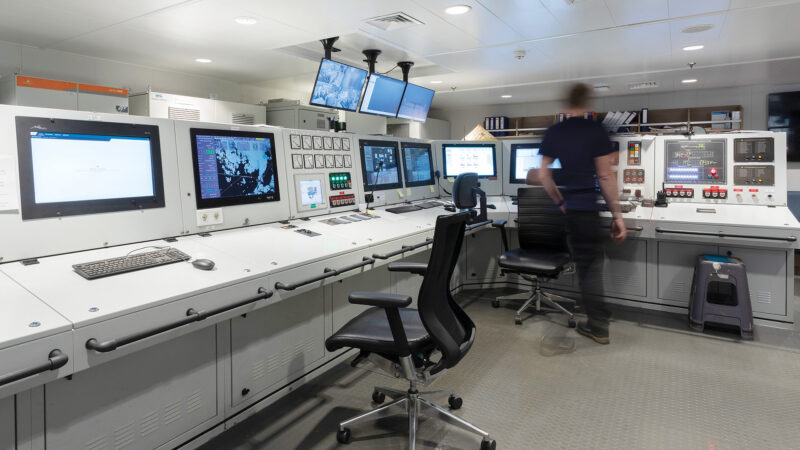
“A wide know-how of various aspects of shipping is necessary to succeed in the countries by the North Sea. I refer to commercial know-how, knowledge of the market, legal and contractual issues, safety and environmental issues,” Herlin says.
Digitalisation has moved ahead fast even in the most conventional shipping business. Digital services and systems improve efficiency and customer experience. “Although digitalisation or automation bring many advantages and opportunities, we will always need people to make decisions. In shipping, it is necessary to have experience and practice. Nothing can replace the ‘learning by doing’ method,” Herlin says .
Although digitalisation or automation bring many advantages and opportunities, we will always need people to make decisions.
In Finland, Finnlines is a significant operator, being responsible for the two most important maritime bridges, which provide a core network for exports. However, Finnlines is also very flexible and the large fleet makes it possible to transfer tonnage where there is demand. The affiliation with the Grimaldi Group’s global network ensures that Finnlines can deliver customers’ freight to any destination in the world.
“Future prospects look good even if the economic growth has now slowed down. Shipping operations are planned on the long term and we look far to the horizon,” Herlin concludes.
